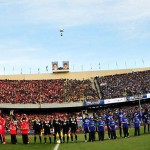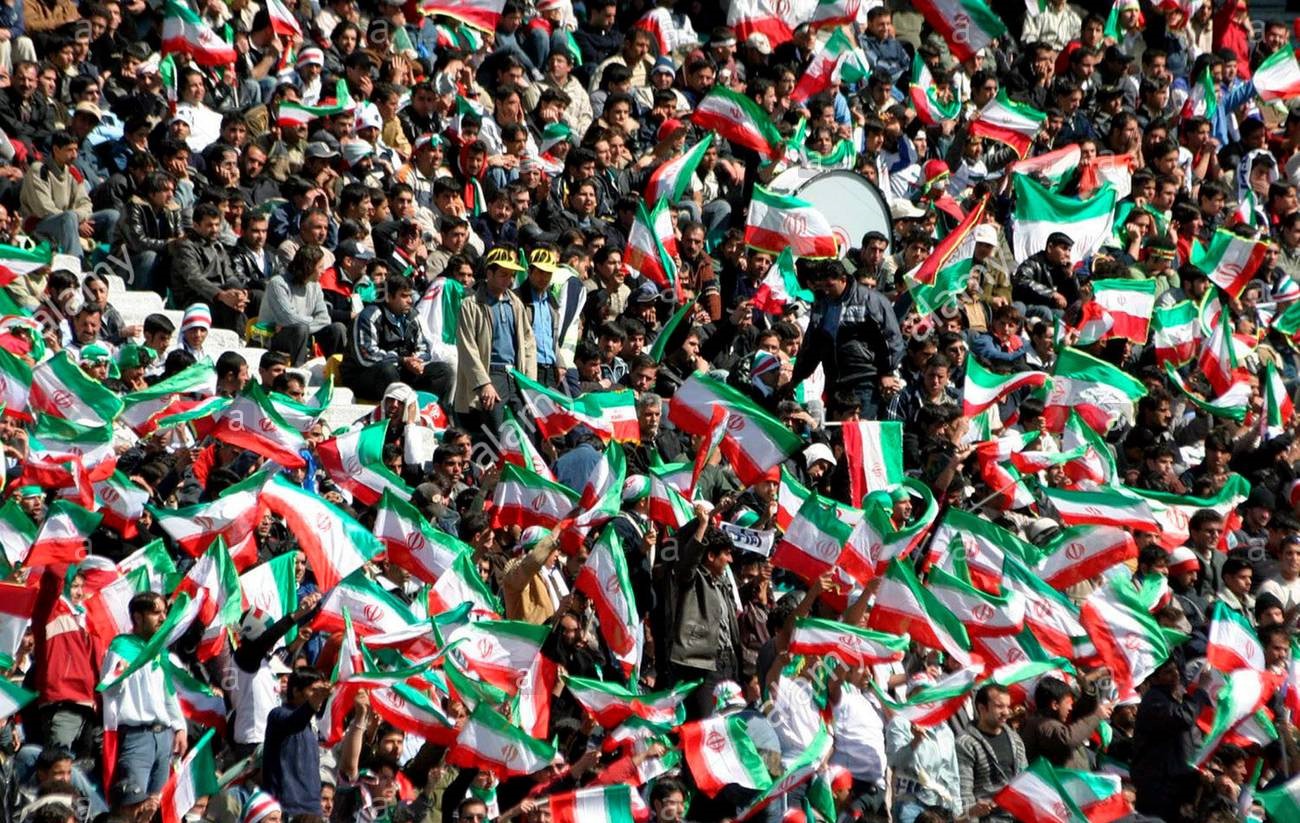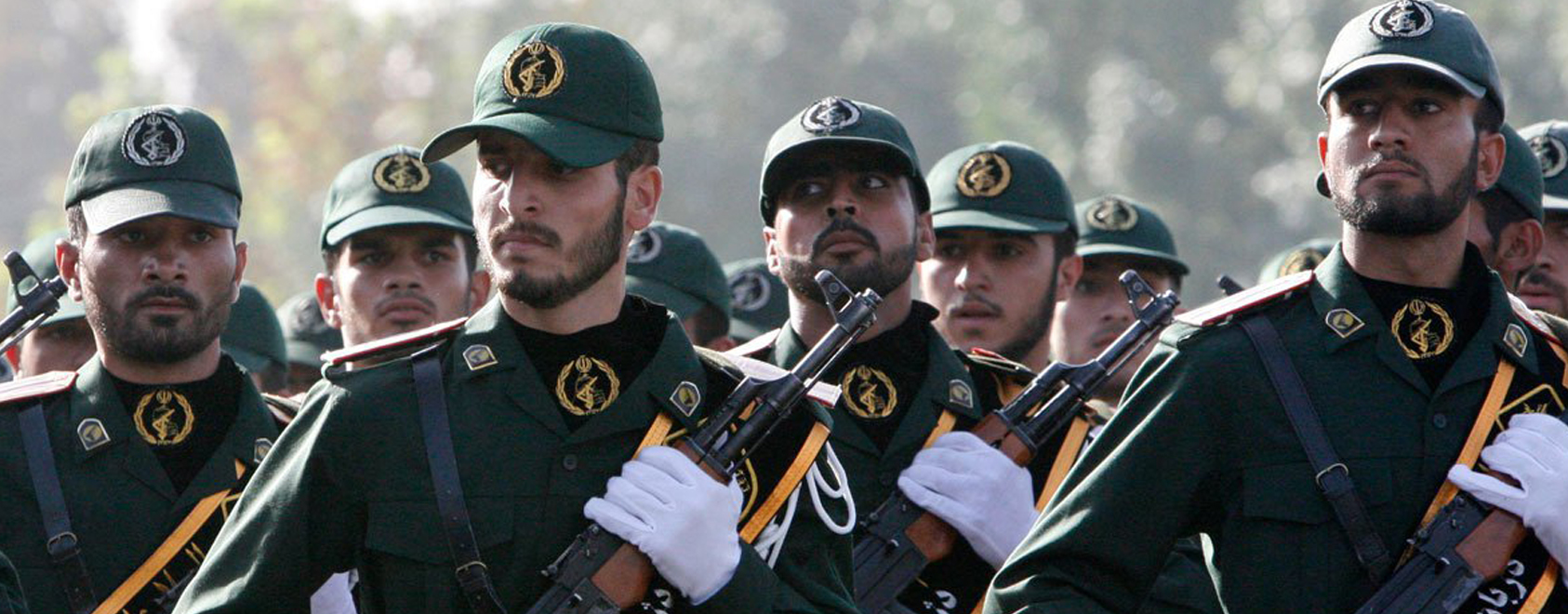Source: https://seo-bestlink.com/
For several days or even weeks, the name of Amirhossein Hosseinzadeh has been coming up regularly as a potential recruit in Charleroi. For the management, it is not, at first sight, an absolute priority for this summer transfer window, but they believe a lot in him and would see him as a reinforcement for the future. The attacking midfielder (21) of Esteghlal FC, defending champion, is considered one of the greatest talents in the country and is already international. His market value has seriously increased in recent months and is approaching one million euros.
Charleroi, via the Iranian connections of Mehdi Bayat, is seduced by the player even if he knows that it will take time for him to adapt. According to our information, Hosseinzadeh considers himself ready to join Europe. Perhaps not as an immediate starter, of course, but above all with the aim of continuing his development.
But then, what is stuck in the transaction? First, several clubs are interested in his services. But above all, according to the Iranian press, Hosseinzadeh is mired in a politico-sports quarrel. Indeed, the player had, it is said in Iran, an agreement with Ahmed Madadi, the former president of the Iranian club, to be able to join Europe in the event of an offer set at 250,000 dollars. Except that Esteghlal, an institution very close to the power of Tehran, has changed president. And that the latter, Mostafa Ajorlou, does not intend to release his nugget for such a sum when he could get three or four times more.
Could the player free himself from his release clause? Will Charleroi succeed in settling this thorny issue? A few days ago, Hosseinzadeh gave the beginning of an answer: “I hope something good will happen. To the Esteghlal club and to me.” In short, the file could still last.
.








